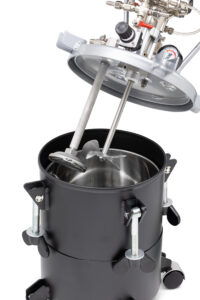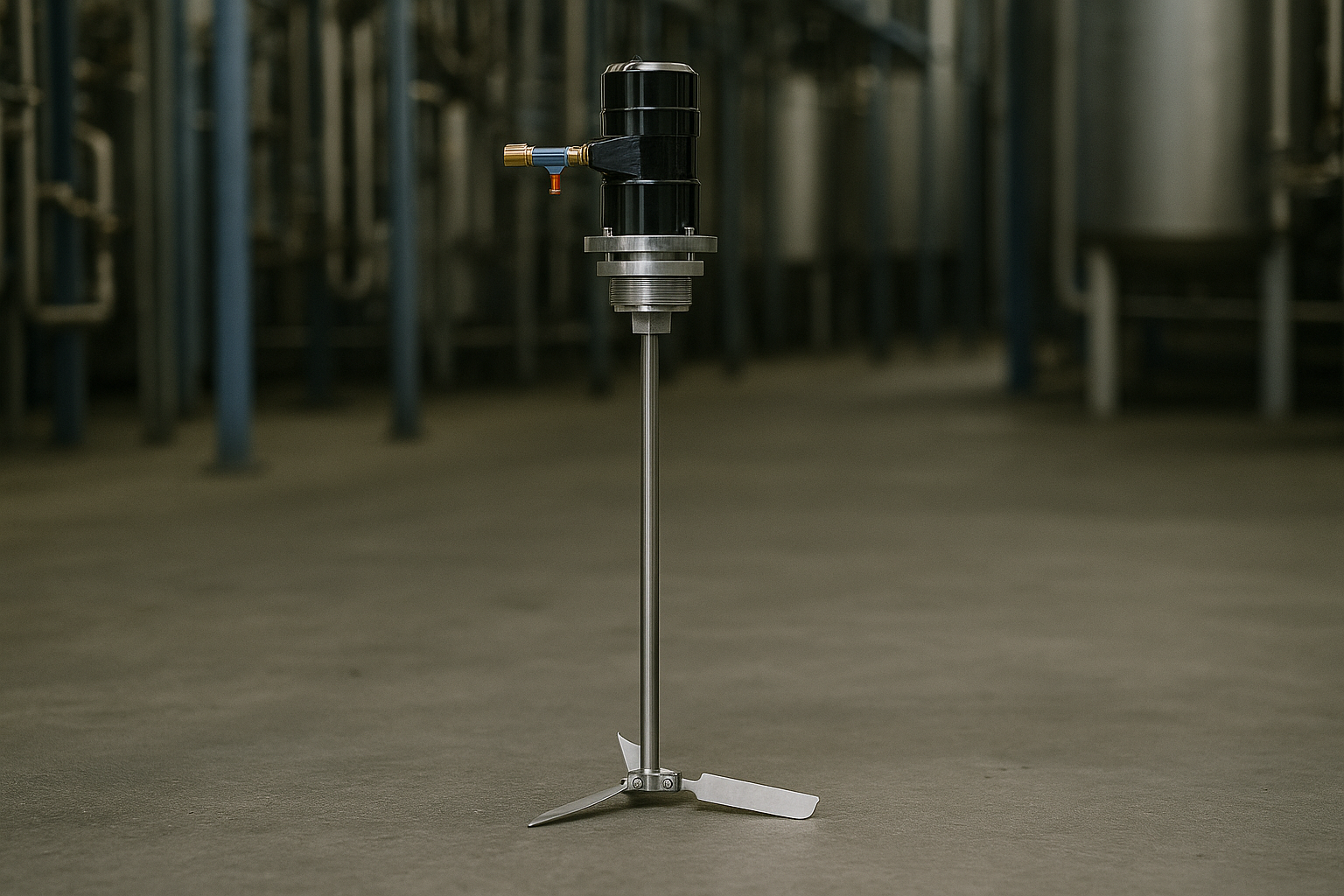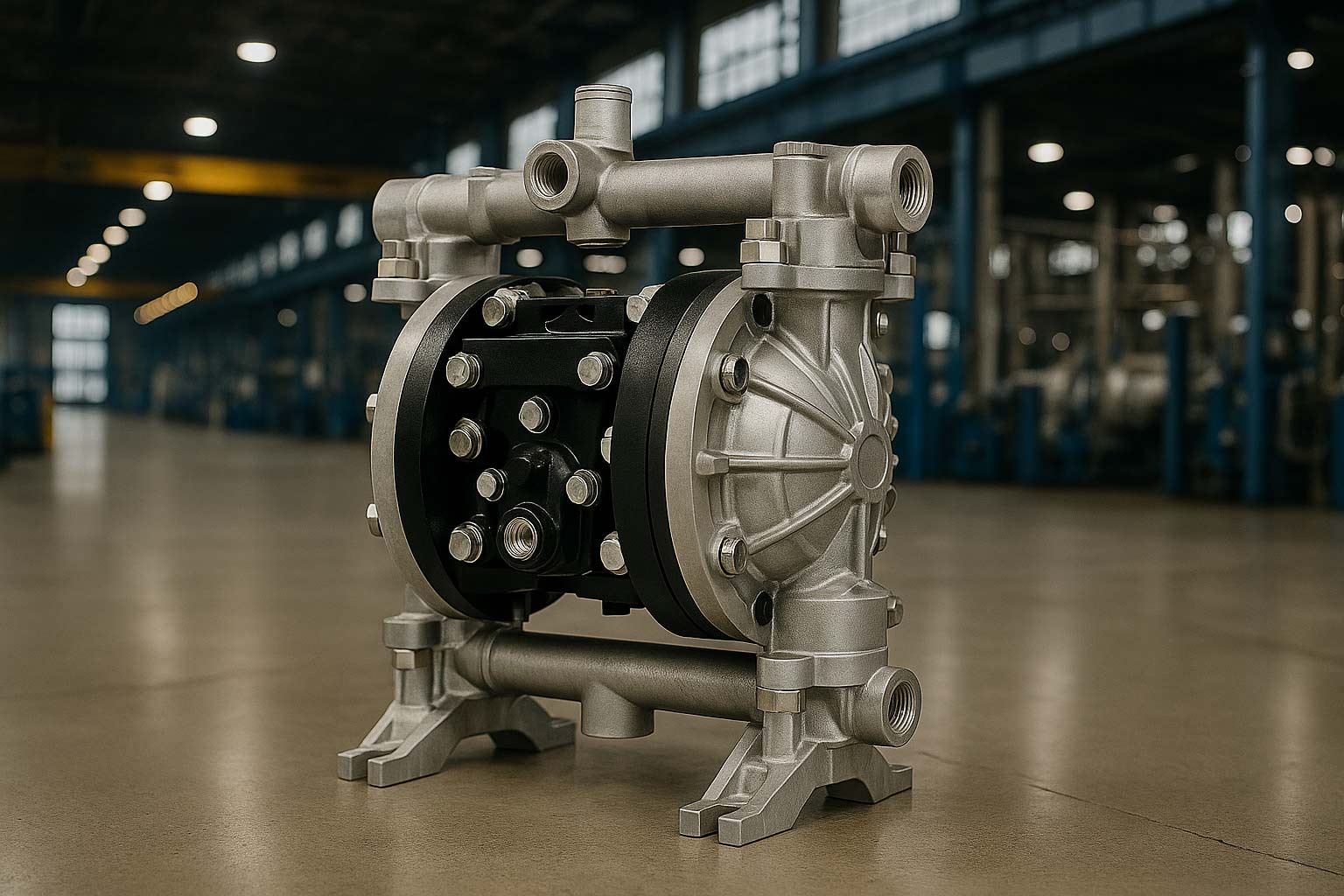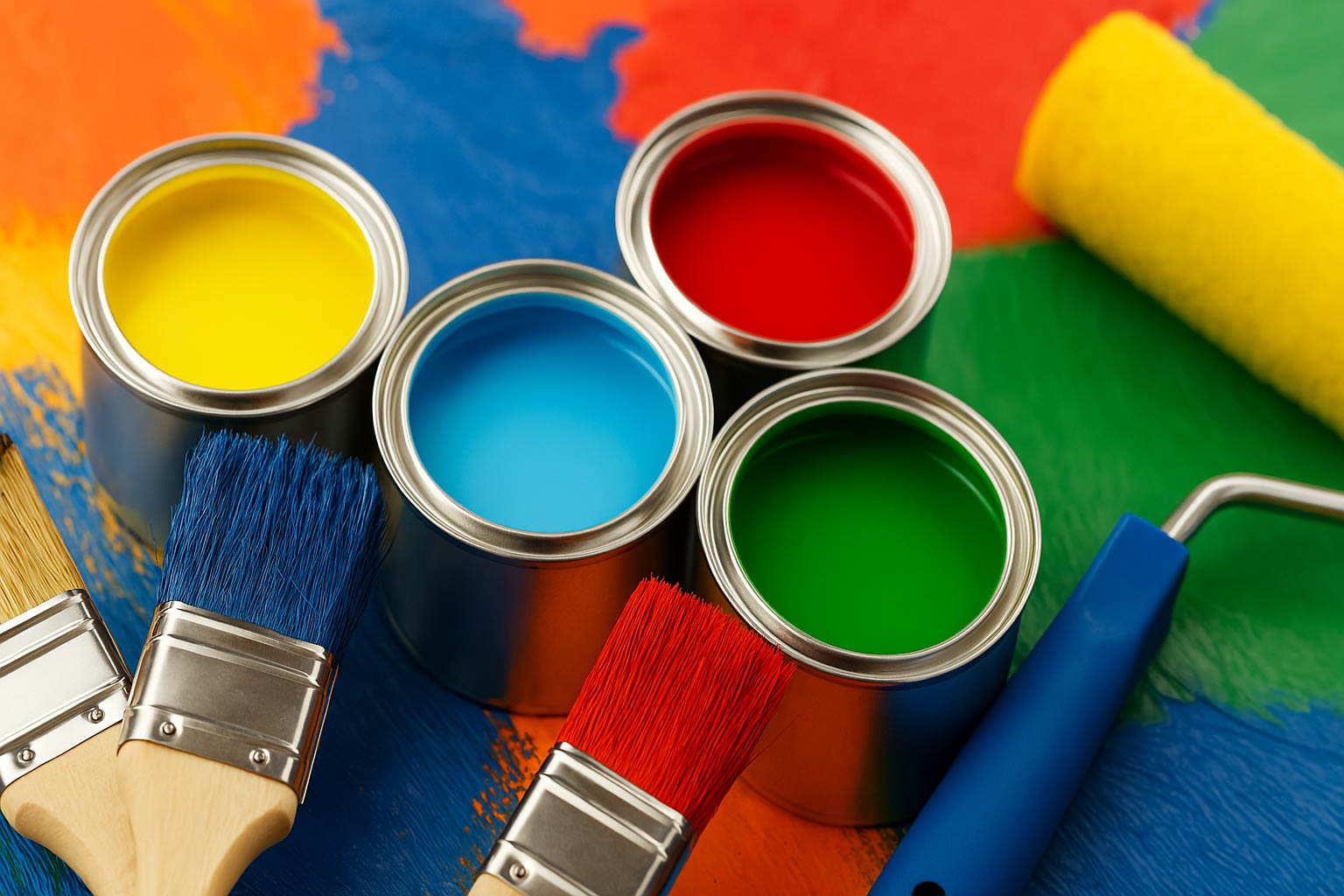In industrial painting, ensuring uniformity, continuity, and cost-efficiency is essential. One often underestimated but crucial component is the pressure tank. This device allows for a constant and controlled supply to spray guns or painting systems, reducing waste and improving work quality. In this article, we take a detailed look at what it is, how it works, and why it is an efficient solution in many production sectors.
What is a pressure tank for painting?
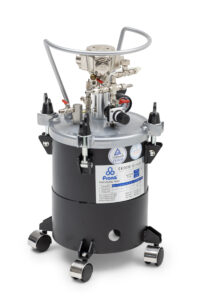
A pressure tank is a container designed to hold and distribute coating material using compressed air. It consists of a main body made of stainless steel or aluminum, which holds the paint, and a pressure regulation system that ensures a stable flow to spray guns or automated systems.
These tanks are essential for achieving a consistent flow, avoiding the fluctuations typical of pump systems, and reducing waste: the amount of paint within the system is minimized, allowing for more efficient product management.
They are available in various capacities, ranging from 2 liters to 60 liters, and can be used in both manual and automated setups across industries such as automotive, industrial painting, chemical manufacturing, and pharmaceuticals.
Each tank is equipped with a pressure gauge, pressure regulator, and safety valve, and it is also possible to add a manual or pneumatic agitator to keep the materials properly mixed.
How does a pressure tank work?
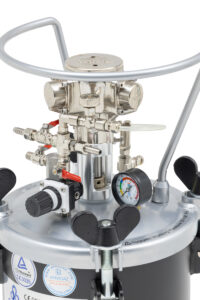
The operating principle of a pressure tank is simple yet highly effective.
Compressed air enters the tank through a regulation valve. The pressure pushes the paint inside toward the bottom, where a dip tube allows it to exit and be directed to spray guns or the application system.
All models are equipped with:
-
A pressure gauge for visual pressure monitoring;
-
A pressure regulator to adjust air pressure based on the type of material;
-
A safety valve calibrated to activate in case of overpressure;
-
An optional agitator (manual or pneumatic) for materials that require continuous mixing.
The result is a constant, pulse-free output pressure, ensuring smooth and predictable material delivery.
Why is it essential in industrial painting?
Choosing the right pressure tank depends on several technical and operational factors. A proper selection ensures efficiency, material compatibility, and seamless integration into the existing system.
Here are the main criteria to consider:
Tank capacity
Available in sizes ranging from 2 to 60 liters, the capacity should be selected based on:
-
Volume of paint used per cycle
-
Duration of operations (short vs. long shifts)
-
Available workspace
For small manual setups or touch-ups: 2–5 liters
For production lines: 20–60 liters
Operating Pressure
The tanks are designed for a maximum pressure of 4.1 bar, which is sufficient to supply spray guns or systems requiring a steady flow. The built-in regulator allows for precise flow control depending on the paint’s viscosity or the specific application.
Material Compatibility
The inner container is made of stainless steel, making it suitable for:
-
Solvent- or water-based paints
-
Corrosive chemicals (e.g., resins or catalysts)
-
Use in regulated environments (pharmaceutical, food industry, etc.)
Connection
The tanks come with a 1/4″ fitting, compatible with most industrial distribution systems.
Choosing a pressure tank is an important technical decision that can significantly improve coating quality, reduce system downtime, and optimize material usage. For applications where reliability, precision, and control are essential, this system offers a proven professional solution.
If you have specific requirements—such as special capacities, integration with automated lines, or compatibility with complex materials—we’re available for a technical assessment or to provide additional documentation.
Contact us for technical support or to request the full product datasheet.
Or explore more professional painting components by visiting our dedicated pages.

